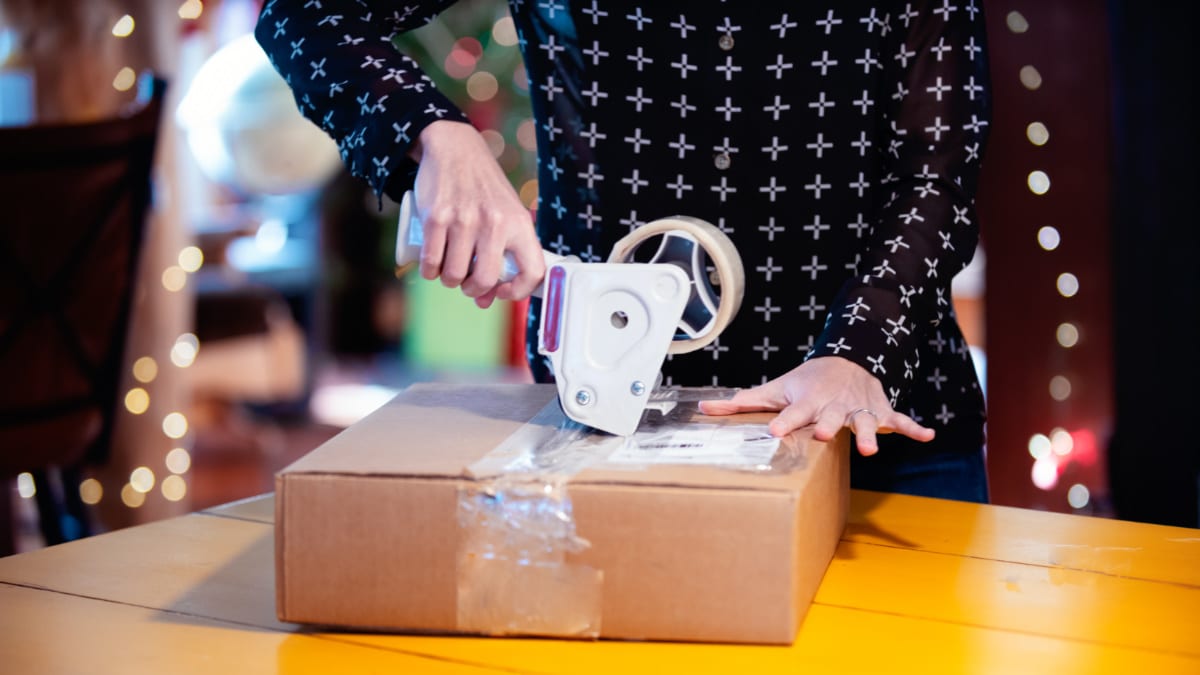

U.S. returns create about 15 million metric tons of carbon dioxide emissions. manonallard / Getty Images
Many people shop online for everything from clothes to appliances. If they do not like the product, they simply return it. But there’s an environmental cost to returns.
Meagan Knowlton is a sustainability manager at Optoro, a company that helps retailers process and resell returns. Optoro estimates that each year, returns in the U.S. create about 15 million metric tons of carbon dioxide emissions.
That’s about the same amount of carbon pollution produced by 3 million cars during an entire year.
“And that’s just from putting returns in trucks and moving them around, back from the consumers … and then on to their next homes,” Knowlton says.
That home might be another customer. But sometimes retailers cannot resell returns at a profit and unsold items may end up in landfills.
“We estimate that at least 5 billion pounds of landfill waste are created every year in the U.S. from returns alone,” Knowlton says.
To reduce that waste, Optoro helps retailers find new places to resell or donate returned merchandise.
Knowlton says consumers can help by considering the environmental costs of returns before they buy.
Reposted with permission from Yale Climate Connections.
- Are We Doomed If We Don't Curb Carbon Emissions by 2030 ...
- California Winery Cuts Carbon Emissions With Lighter Bottles ...
- Wealthy One Percent Are Producing More Carbon Emissions Than ...

 233k
233k  41k
41k  Subscribe
Subscribe 